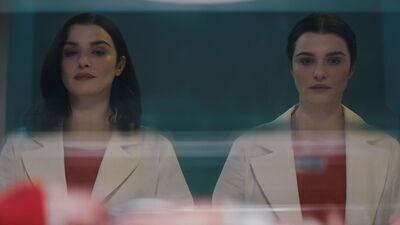This type of horror revolves around the transformation or mutation of the human body through disease, virus, infection, parasites, medical experimentation, or through some supernatural or extraterrestrial force. It is about change generated from within the body rather than a monster or serial killer committing violence to a body.
In film, body horror has a very male lineage starting in the 1930s with Universal Monsters’ “Frankenstein” and “The Mummy,” continuing with the science-gone-wrong films of the 1950s such as “The Fly” and “The Incredible Shrinking Man,” And then peaking in the 1980s with David Cronenberg’s “Scanners” and “Videodrome,” Stuart Gordon’s “Re-Animator,” and Clive Barker’s “Hellraiser.”
But you could say the genre of body horror was mothered by Mary Shelley and her Frankenstein novel back in 1818. Although the story was about a man and a male monster he creates from dead parts, it is also driven by a very female sensibility about creating life. Shelley wrote the story when she was 18 years old; two years after giving birth to a baby she did not name because it died. Her grief prompted fevered dreams that she described in her diary: “Dream that my little baby came to life again; that it had only been cold, and that we rubbed it before the fire, and it lived. Awake and find no baby.”
Last year’s Prime Video series “Dead Ringers” taps into both this female origin of body horror as well as into Cronenberg’s 1988 classic.
Actress Rachel Weisz was a fan of Cronenberg’s “Dead Ringers.” She looked at the material—a story of twin brother gynecologists—and thought it was ripe for a gender flip. She then enlisted Alice Birch as the series creator, writer, and executive producer. Birch credits Weisz with getting the ball rolling on this reimagining of Cronenberg’s film.
“There’s so much about the tone that’s so interesting, and it looks so amazing, and there was lots that I felt we could really steal from,” Birch said.

